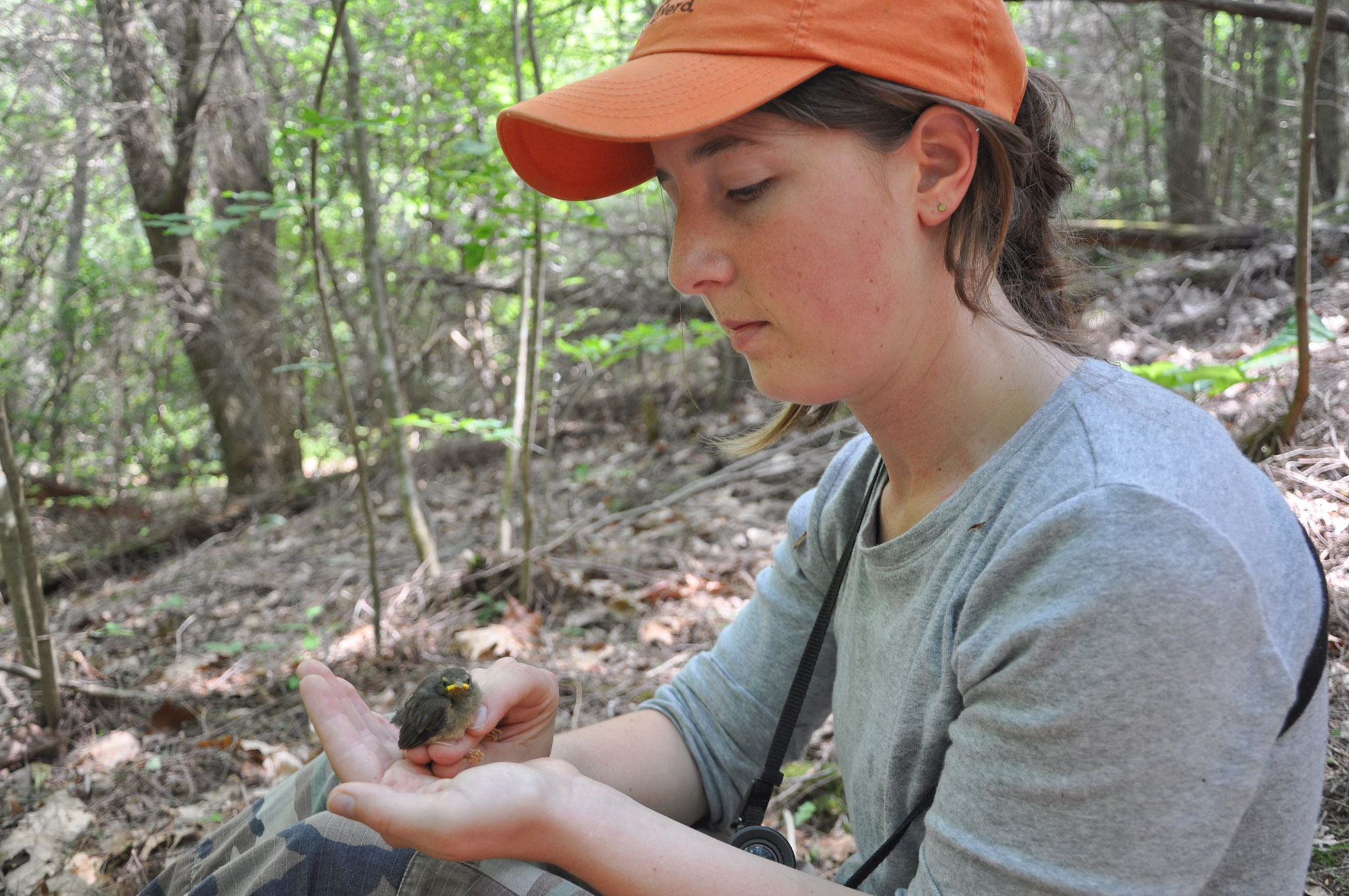Katharine Servidio doesn’t want to be overly dramatic, but she’s serious when she says that a new course being funded by NASA changed her life. Servidio entered the “Global Climate Change Education” class as a forestry student, but she walked out with a new focus.
“Without this program, I would never have discovered my love for herpetology,” she said. “In one short summer field season, I realized what I really want to study.”
The year-long combination of classroom and field classes that focus on the effects climate change has on birds and amphibians comes courtesy of a $447,000 grant from NASA. Since starting in fall 2010, professors have taught one year of the program to students. They used cutting-edge technology, software and collaborative learning in a unique series of courses to explore the potential impacts that a changing climate may have on ecological systems, with students designing field studies to gain insight on this important field. It’s been a learning experience for both students and the professors who designed the brand new course, said Michael Conroy, a research professor in the Warnell School of Forestry and Natural Resources.
“Up until now I’ve mostly worked with graduate students,” Conroy said. “I was very impressed at how quickly these students adapted to the challenges of field work and computer modeling. We threw a lot at them in short time and they did a great job.”
NASA awarded the grant in 2009 to three professors in Warnell—Jeffrey Hepinstall-Cymerman, Robert Cooper and Conroy—and one in Franklin College of Arts and Sciences, Marshall Shepherd. The three-year teaching and research grant pays for a spring course that starts with the fundamentals about global climate change models, research methods and designing field experiments, and a paid summer field research experience that sees students perform their experiments in the field. Students use NASA data, models, spatial analysis, statistics and field methods for their course work, ultimately making them more competitive for graduate school and jobs.
Ground sensors installed at Athens’ Whitehall and North Carolina’s Coweeta Long-Term Ecological Research station allowed students to compare ground measurements with measurements made with NASA satellites and also used a NASA global climate model called EdGCM and the Nature Conservancy’s Climate Wizard. Students used ArcGIS software to view and manipulate geospatial data, and in the spring course, they learned how to use a freeware statistical software package, R, to analyze data and develop hypothesis regarding how climate change may affect species—skills highly valuable for graduate school, but rarely attempted in undergraduate courses.
“Students are increasingly digital natives, and one key element of the course is that it uses cutting edge climate models and data that a NASA scientist would have access to,” Shepherd said. “This will be increasingly important because climate literacy continues to lag in this country.”
Servidio worked on an amphibian project with ecology student Grover Brown. The pair wrote a paper on the foraging behavior of Plethodontid salamanders that they plan to publish.
Six students completed the summer field course and presented their results to a packed room of UGA faculty and student this summer. Additionally, the students will work with the faculty to present their findings at other venues through the coming year and pursue publication of their results in journals.


